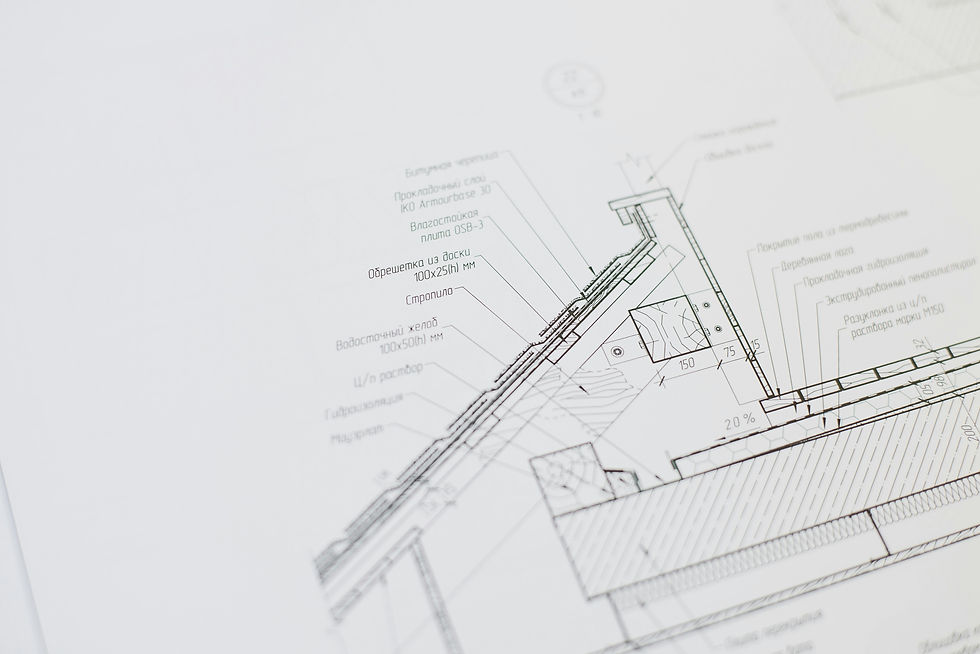Collaborative Learning: Enhancing Mechanical Engineering Homework with Peer Support
- imrankhandigital64
- Jul 20
- 3 min read

Mechanical engineering homework often challenges even the most diligent students—complex problems, tight deadlines, and abstract concepts can make working solo feel overwhelming. But what if peer support could transform that struggle into an opportunity? Collaborative learning offers just that: when students tackle mechanical engineering homework together, they not only divide the workload but also deepen understanding through shared insights, instant feedback, and diverse problem-solving approaches. Imagine solving a tricky dynamics problem not in isolation, but with peers who question your assumptions, suggest alternative perspectives, and help you refine each step.
This approach doesn’t just boost grades—it builds confidence, teamwork skills, and a stronger grasp of core concepts. Read on to discover how peer-supported homework can unlock the full potential of collaborative learning in mechanical engineering.
1. Why Collaborative Learning Works in Mechanical Engineering
Mechanical engineering is a multidisciplinary field that demands a solid grasp of physics, mathematics, design thinking, and problem-solving. Collaborative learning, simply put, is the process of students working together to achieve common academic goals. In this setting, everyone contributes their strengths—one might be good at thermodynamics, another at CAD modeling.
Here’s why it works so well:
Deeper Understanding: Explaining a concept to a peer helps reinforce your own understanding.
Different Perspectives: Exposure to varied approaches enhances creativity and problem-solving.
Shared Workload: Complex assignments become less daunting when divided among group members.
Motivation Boost: Studying with peers can increase accountability and keep procrastination in check.
2. The Role of Peer Support in Homework Sessions
Peer support doesn’t mean simply splitting the work; it’s about mutual academic growth. During group sessions, peers can offer:
Clarification on difficult topics
Feedback on design models or solutions
Encouragement when someone feels stuck or demotivated
Brainstorming sessions for practical applications or project ideas
Need an extra hand? Don’t hesitate to reach out for mechanical engineering homework and connect with subject experts who can guide you through tough concepts and support your journey with your engineering homework assignments.
Sometimes, peer study groups can even simulate real-world team dynamics, preparing you for future work environments.
3. Structuring Collaborative Mechanical Engineering Homework Effectively
To get the most out of group work, you need a solid structure. Here’s how to make it efficient:
Create a Study Group: Limit it to 3-5 dedicated members.
Assign Roles: Designate someone to lead the discussion, take notes, research, or cross-verify results.
Set Clear Goals: Define what you want to achieve in each session—solving five problems, completing a design draft, etc.
Use Online Tools: Leverage tools like Google Docs, shared whiteboards, or CAD platforms to collaborate remotely.
Rotate Responsibilities: Keep things dynamic by switching roles regularly.
4. Benefits & Challenges of Collaborative Learning
Anticipated Benefits:
Better academic performance and retention
Improved communication and teamwork skills
Less stress, more motivation
Real-world readiness through shared problem-solving
Potential Challenges:
Uneven contribution from group members
Scheduling conflicts
Possible groupthink (less critical thinking)
The key to overcoming these is clear communication, setting expectations early, and using tools to stay organized.
5. Sample Collaborative Homework Workflow
Here’s what a productive session might look like:
Pre-Session (10 mins):
Share the homework assignment
Discuss division of tasks
Session Start (30-45 mins):
Solve equations together or work in parallel
Discuss conceptual doubts
Share CAD sketches or calculations
Review (20 mins):
Cross-verify answers
Discuss real-world applications
Note down areas needing expert help
Wrap-Up (5 mins):
Summarize what was completed
Set goals for the next session
This format ensures accountability, efficiency, and learning for everyone involved.
Final Thoughts
Collaborative learning isn’t just about making mechanical engineering homework easier—it’s about building a network of support, growing together academically, and preparing for real engineering teamwork. Next time you’re staring at a tough assignment, call a peer, set up a study group, or seek help when needed. You’ll be surprised how much smoother things can go when you don’t go it alone.



Comments